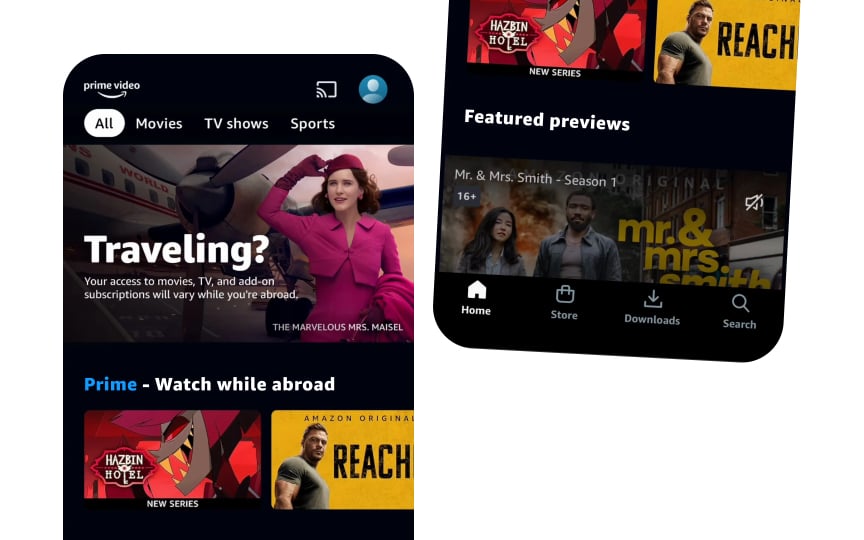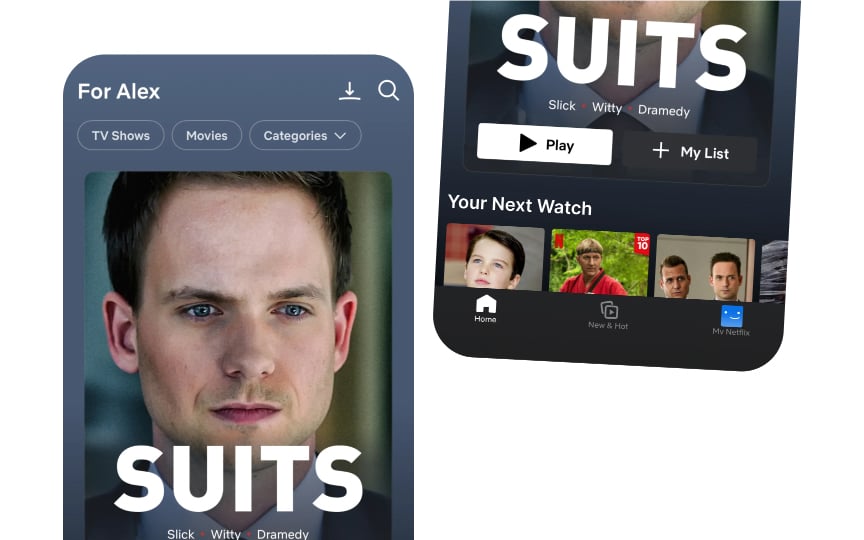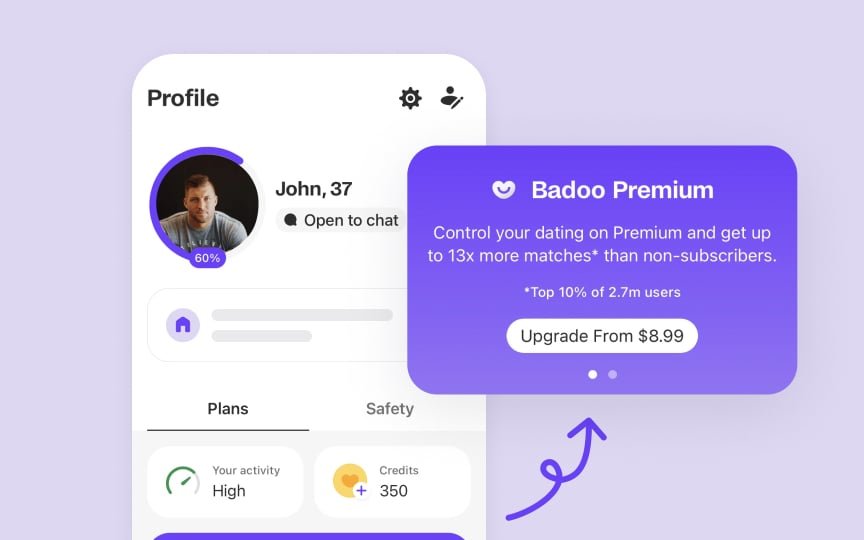Personalization Strategies to Reduce Churn
Craft tailored user experiences that keep customers engaged and loyal.
Personalization tailors digital experiences to individual users, boosting engagement and reducing churn. It uses data to customize content, features, and interactions based on user preferences and behaviors. Strategies range from content recommendations to adaptive interfaces and personalized pricing.
Companies like Netflix and Amazon exemplify effective personalization, but it's valuable for businesses of all sizes. Core techniques involve analyzing user data, segmenting audiences, and applying machine learning for scalable solutions. Successful personalization requires continuous refinement based on user feedback and performance metrics. While powerful, it also demands careful consideration of privacy and ethics.
Balancing customization with user trust is crucial. By thoughtfully implementing personalization strategies, businesses can create compelling experiences that resonate with users, fostering loyalty and reducing churn in an increasingly competitive digital landscape.
Personalized
Netflix demonstrates effective personalization by greeting users by name and showing "Your Next Watch" recommendations that match what they like to watch. On the contrary, Amazon Prime's label "Featured previews" sounds generic and makes users feel like they're seeing the same content as everyone else, even if the content is actually personalized. The words we choose can make users feel either that content was picked just for them or that they're seeing generic recommendations. Regularly update and refine the recommendation algorithm based on user feedback and changing behaviors. Consider implementing A/B testing to optimize the recommendation system and improve its accuracy over time.[1]
Adaptive user interfaces (AUIs) automatically modify their layout,
Key elements of AUIs include:
- Dynamic menus that reorder options based on usage frequency
- Contextual help that appears when users struggle with specific tasks
- Personalized dashboards that highlight relevant information for all users
- Interface elements that resize or relocate based on user interaction patterns
To implement an AUI:
- Collect user
interaction data, including click patterns, time spent on features, and task completion rates. - Use this data to create user models that predict preferences and behavior.
- Develop algorithms that dynamically adjust the interface based on these models.
- Continuously test and refine the adaptation rules to improve accuracy and user satisfaction.[2]
Personalized email campaigns can significantly reduce
Key elements of effective personalized email campaigns include:
- Segmentation: Divide your user base based on factors like usage patterns, preferences, and engagement levels.
- Dynamic content: Use personalization tokens to customize elements within each email, such as name, recent activity, or product recommendations.
- Trigger-based emails: Set up automated emails that respond to specific user actions or inactions.
- A/B testing: Continuously optimize email content, subject lines, and send times for maximum impact.
Implement these strategies by creating an onboarding email series for new users, re-engagement campaigns for inactive users, and personalized product updates based on individual usage patterns. Remember to always provide value in your communications and respect user preferences for email frequency.[3]
In-app messages are targeted notifications delivered while users actively use an application. These messages can include feature announcements,
To personalize in-app messages effectively:
- Content personalization: Use users' names, reference their actions ("Great job completing 5 tasks!"), or highlight relevant features based on their usage patterns
- Behavioral targeting: Show messages based on specific actions, like offering premium features when users hit free plan limits
- Timing optimization: Deliver messages during peak engagement times, such as after completing a key action or reaching a milestone[4]
Pro Tip: Remember to balance message frequency to avoid overwhelming users. Start with 2-3 messages per week and adjust based on user engagement data.
Personalized pricing and offers involve adjusting
- Understanding your users: Track how often people use your product, what they buy, and how much they spend. Look at which features they use most and combine this with basic user information to build a clear picture of different user groups.
- Implementing pricing strategies: Set prices that match how people use your product. This could mean charging based on usage, offering different feature packages, or adjusting prices based on user activity and market demands.
- Delivering targeted offers: Create promotions that make sense for each user. If someone uses a specific feature often, offer them related upgrades. For loyal users, provide special discounts on the features they value most.[5]
Remember to maintain transparency in your pricing strategies and comply with relevant regulations to build trust with your users.
Artificial Intelligence (AI) and Machine Learning (ML) can take personalization to the next level by processing vast amounts of data to predict user preferences and behaviors with high accuracy. This advanced approach can significantly reduce
Implement ML algorithms that can analyze user
Ethical personalization requires a careful balance between enhancing user experience and respecting privacy. To achieve this balance, focus on transparency, user control, and data protection.
Implement these key strategies to ensure ethical personalization:
- Provide clear, accessible privacy policies and data usage explanations
- Offer granular controls for users to manage their data preferences
- Conduct regular algorithmic audits to identify and correct biases
- Implement data minimization and encryption practices
- Stay compliant with relevant data protection regulations
Regularly review and update your personalization practices to align with evolving ethical standards and user expectations.
References
- In-app message basics | Leanplum's user guides and developer documentation.
- Artificial Intelligence for the Real World | Harvard Business Review
Topics
From Course
Images provided by
Share
Similar lessons

Text & Media as Layers

Why Gamify?





















